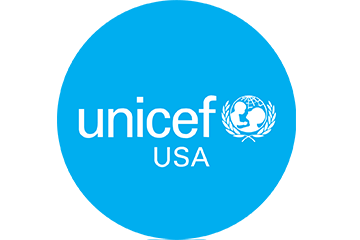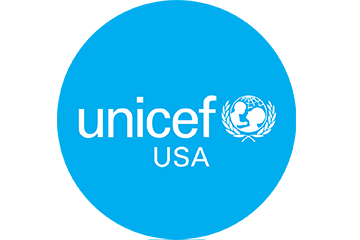NEW YORK (June 23, 2022) – Despite a steady decline in the proportion of schools without basic water, sanitation, and hygiene (WASH) services, deep inequalities persist between and within countries, UNICEF and WHO said today. Schoolchildren in the Least Developed Countries (LDCs) and fragile contexts are the most affected, and emerging data shows that few schools have disability-accessible WASH services.
“Far too many children go to schools without safe drinking water, clean toilets, and soap for handwashing—making learning difficult,” said Kelly Ann Naylor, UNICEF Director of Water, Sanitation, Hygiene and Climate, Environment, Energy, and Disaster Risk Reduction. “The COVID-19 pandemic underscored the importance of providing healthy and inclusive learning environments. To protect children’s education, the road to recovery must include equipping schools with the most basic services to fight infectious diseases today and in the future.”
“Access to water, sanitation and hygiene is not only essential for effective infection prevention and control, but also a prerequisite for children’s health, development and well-being,” said Dr Maria Neira, WHO Director, Department of Environment, Climate Change and Health. “Schools should be settings where children thrive and not be subjected to hardship or infections due to lack of, or poorly maintained, basic infrastructure.”
Schools play a critical role in promoting the formation of healthy habits and behaviors, yet many still lacked basic WASH services in 2021. According to the latest data from the WHO/UNICEF Joint Monitoring Program (JMP):
- Globally, 29 percent of schools still lack basic drinking water services, impacting 546 million schoolchildren; 28 percent of schools still lack basic sanitation services, impacting 539 million schoolchildren; and 42 percent of schools still do not have basic hygiene services, 802 million schoolchildren.
- One-third of children without basic services at their school live in LDCs, and over half live in fragile contexts.
- Sub-Saharan Africa and Oceania are the only two regions where coverage of basic sanitation and hygiene services in schools remains under 50 percent; sub-Saharan Africa is the only region where coverage of basic drinking water services in schools remains under 50 percent.
- Achieving universal coverage in schools globally by 2030 requires a 14-fold increase in current rates of progress on basic drinking water, a three-fold increase in rates of progress on basic sanitation, and a five-fold increase in basic hygiene services.
- In LDCs and fragile contexts, achieving universal coverage of basic sanitation services in schools by 2030 would require over 100-fold and 50-fold increases in respective current rates of progress.
- Improving pandemic preparedness and response will require more frequent monitoring of WASH and other elements of infection prevention and control (IPC) in schools, including cleaning, disinfection and solid waste management.
- Providing disability-accessible WASH services in schools is key to achieving inclusive learning for all children. Still, only a limited number of countries report on this indicator and national definitions vary, and far fewer provide disability-accessible WASH.
- Emerging national data shows that disability-accessible WASH coverage is low and varies widely between school levels and urban and rural locations, with schools more likely to have accessible drinking water than accessible sanitation or hygiene.
- In half the countries with data available, less than a quarter of schools had disability-accessible toilets. For example, in Yemen, 8 in 10 schools had toilets, but only 1 in 50 schools had disability-accessible toilets.
- In most countries with data, schools were more likely to have adapted infrastructure and materials – such as ramps, assistive technology, learning materials – than disability-accessible toilets. For example, in El Salvador, 2 in 5 schools have adapted infrastructure and materials, but just 1 in 20 have disability-accessible toilets.
# # # #
About UNICEF
The United Nations Children’s Fund (UNICEF) works in more than 190 countries and territories to pursue a more equitable world for every child. UNICEF has helped save more children’s lives than any other humanitarian organization, by providing health care and immunizations, safe water and sanitation, nutrition, education, emergency relief and more.
UNICEF USA advances the global mission of UNICEF by rallying the American public to support the world’s most vulnerable children. Together, we are working toward a world that upholds the rights of all children and helps every child thrive. For more information, visit www.unicefusa.org.
For more information please contact:
Mackenzie Dougherty, UNICEF USA, 212.922.2551, [email protected]





